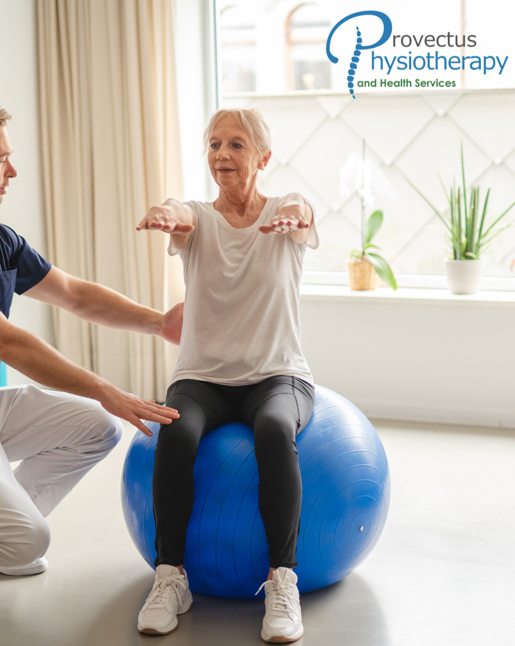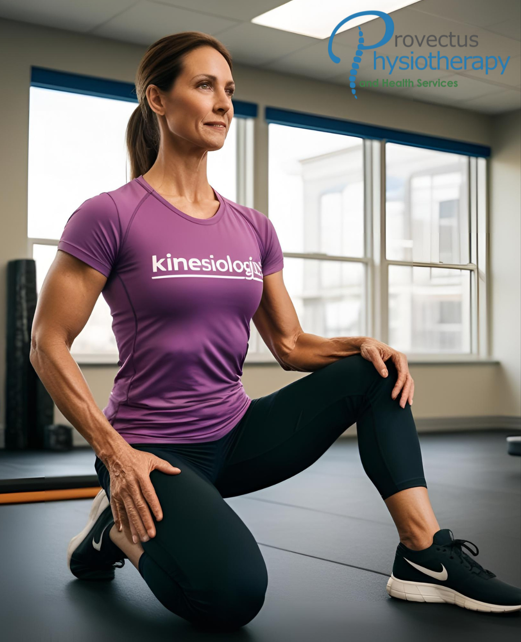As we age, our body’s balance, muscle strength, and coordination naturally decline. But that doesn’t mean falls, frailty, or memory loss are inevitable. Our in-home kinesiologists specialize in helping older adults maintain the mobility, confidence, and brain-body connection needed to stay safe, strong, and sharp.
Why Kinesiology Matters for Aging Well
Kinesiology is more than guided movement—it’s science-based exercise therapy designed to:
– Prevent falls through strength, balance, and reaction-time training
– Support memory with dual-task exercises that stimulate both body and brain
– Improve posture and gait to reduce injury risk and pain
– Rebuild strength after illness, hospitalization, or surgery
– Promote longevity by increasing daily energy and physical resilience
Delivered by a licensed kinesiologist, every session is personalized to your goals, your home setup, and your health history.
Prevention is powerful.
Most falls, hospitalizations, and cognitive declines aren’t just about aging—they’re about inactivity. Our approach meets you where you are, helping you stay ahead of what’s to come.
Care That Comes to You
No gym memberships. No group classes to navigate. No scary equipment. We come to you—rain, snow, or heatwave—because your care shouldn’t stop when the weather changes.
Whether you’re recovering from an injury, living with limited mobility, or simply want to stay strong at home, we’ll meet you where you’re at and help you move safely, confidently, and comfortably.
We assess your home environment, create a plan that fits your lifestyle, and work with you one-on-one to build strength where it matters most—all year round.
Often paired with:
– Physiotherapy for post-injury or post-surgery recovery
– Acupuncture for pain relief and nervous system support
– Dietetics for energy, bone health, and muscle preservation
Ready to move with purpose?
Call us to book your first kinesiology session.
No paperwork. No waiting rooms. Just care that comes to you.






